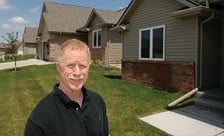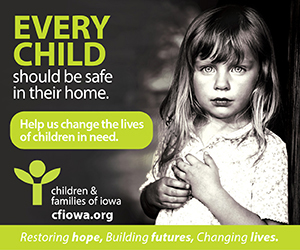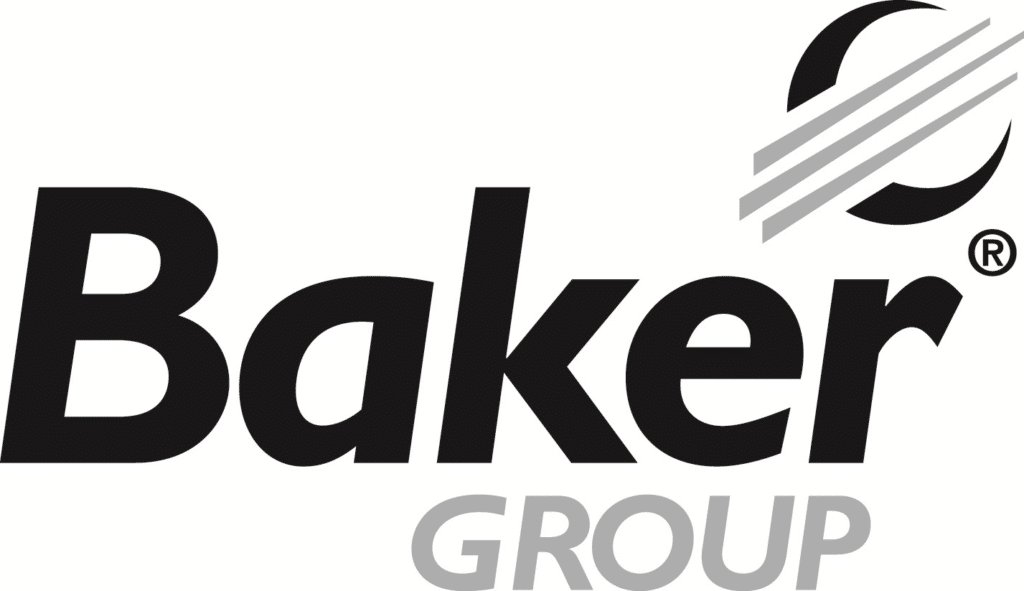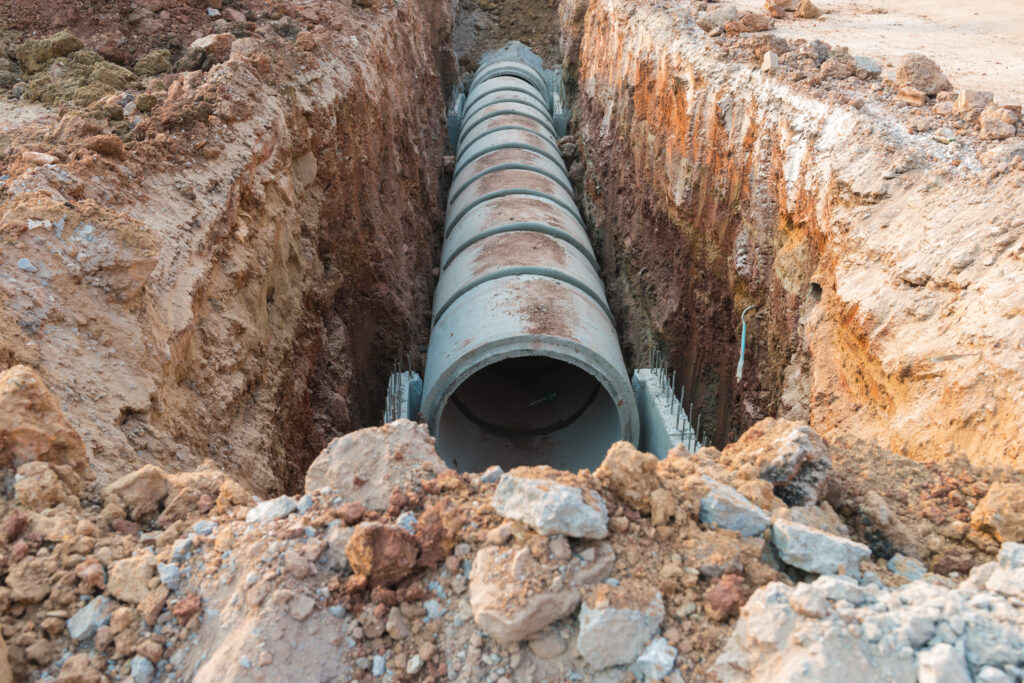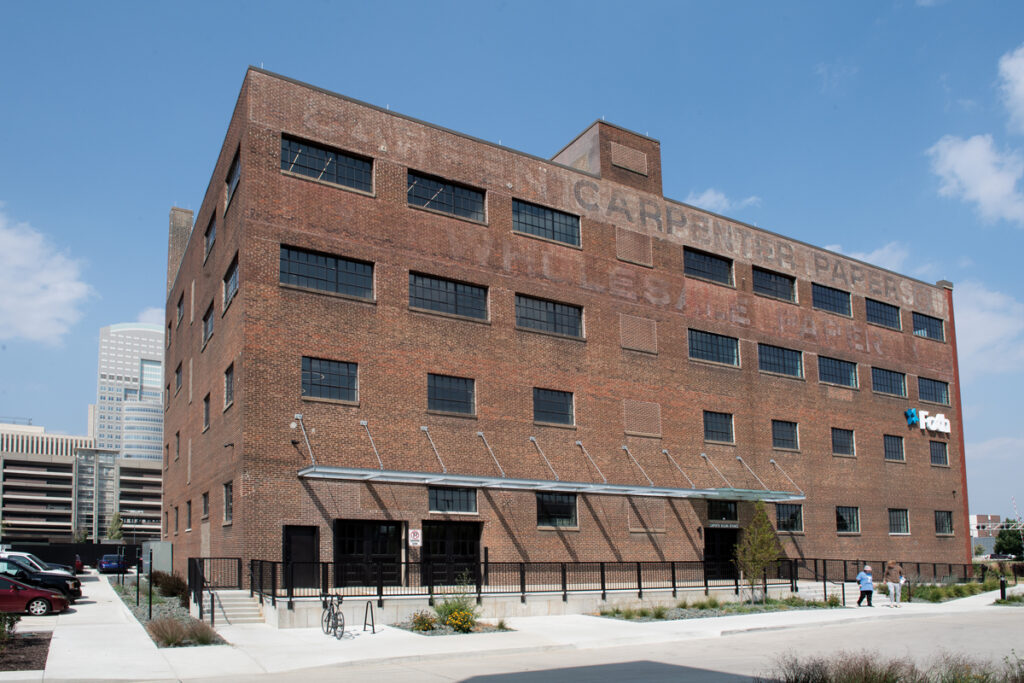Radon: Iowa’s stealthy killer

Radon mitigation wasn’t at the top of Fred Dowie Jr.’s checklist when he began planning to build a house for his family five years ago.
“I just kind of stumbled onto this issue,” said Dowie, owner of Autumn Ridge Development LC in Indianola. “Doing my own research, I thought, ‘This isn’t good stuff.’”
Iowa is a hotbed for elevated levels of radon, a naturally occurring, odorless, colorless, radioactive gas that seeps from the soil into the basements of homes.
Health officials have documented radon exposure as a leading cause of lung cancer in the United States, second only to cigarettes. According to the U.S. Environmental Protection Agency (EPA), radon causes approximately 21,000 deaths annually in the United States. Last year, more people died from radon exposure than from drunken driving, fires or carbon monoxide poisoning, according to EPA data.
Seven out of 10 homes tested in Iowa have radon levels that exceed federal guidelines for exposure, which is 4 picocuries per liter (pCi/l). The EPA recommends that homes with levels above 4 pCi/l should have mitigation measures installed to reduce the exposure below that threshold. In Iowa, the average home tests at 8.5 pCi/l, though some homes have tested in the triple digits, according to the director of the state’s radon program.
After seeing data like that, Dowie decided not only to build radon mitigation into his own new house, but also into each new house he constructs, a step that relatively few builders have taken.
“With this kind of threat in this state, I just figured I should address this,” he said. “I thought, ‘Good God, I’m selling these homes to young families, and they’re finishing these basements, so I need to do something.’”
Tip of the iceberg
Both national and state officials say that little progress is being made to reduce exposure to radon.
In 1988, President Ronald Reagan signed the Indoor Radon Abatement Act into law, which required the EPA to take a number of steps to raise public awareness of the radon threat and encourage voluntary prevention efforts by the construction industry.
Two decades after passage of the act, however, exposure to indoor radon continues to grow, according to a June 2008 report by the EPA Office of Inspector General.
The EPA estimated that in 2005, the most current data available, nearly 194,000 additional homes in the United States included radon-reducing features, either through radon-resistant new construction or through the addition of a mitigation system to an existing home. The agency’s goal is to increase that figure to 380,000 additional homes mitigated per year in 2012. Reaching that goal would mean about 1,200 fewer lung cancer deaths from radon exposure each year, the EPA estimates, about twice the 2005 level.
However, efforts to reduce exposure have not kept pace with the construction of new homes. Only about 7 percent of the 6.7 million new single-family detached homes built nationwide between 2001 and 2005 incorporated radon-resistant features, according to the EPA. The agency estimated that less than 3 percent of existing homes had radon-reducing features in place as of 2005.
In Iowa, only a little more than 19,000 homes have had radon-mitigation features installed, according to data tracked by the Iowa Department of Public Health. “It’s hardly the tip of the iceberg,” said Rick Welke, director of the state’s radon program.
The number of radon tests performed in Iowa peaked in 2009, the same year that the Legislature enacted a law requiring real estate agents to provide buyers and sellers of homes with radon information, he said. More than 22,500 tests were conducted that year, and 2,774 mitigation jobs were performed by licensed mitigation companies.
“There’s a consistent message – we’ve got a radon problem in the state,” Welke said. “If you have any common sense and read that brochure, you would definitely want to test your home for radon, particularly if you’re buying a home.”
Invisible issue
Keeping the public’s interest in radon is tough because there are no physical reminders of its presence, said R. William Field, a professor in the department of occupational and environmental health at the University of Iowa. Field has researched the health effects of radon for more than two decades, and has provided expert testimony on radon to the President’s Cancer Panel, an advisory group of the National Cancer Institute.
Requiring the use of radon-resistant building techniques for new-home construction should be the top priority, Field said. “That step alone would halt us losing ground on the number of homes in Iowa that need mitigation,” he said. “We can build houses radon-resistant, but most builders choose not to do so. We do not use lead paint in homes any longer; why are we still building homes that are not radon-resistant?”
Minnesota and Illinois have each enacted laws mandating radon-resistant construction in new homes. In Iowa, the Iowa AIR Coalition, a state-funded group of more than 80 public health offices focused on asthma management, indoor air quality and radon safety (AIR), is working to bring a comprehensive radon bill to the Statehouse that would also mandate radon-resistant new construction, Welke said. A less stringent version of that legislation was introduced this year, but didn’t go anywhere, he said.
Know your level
Creighton Cox, executive director of the Home Builders Association of Greater Des Moines, said builders are sensitive to keeping new-home costs down, so they aren’t likely to automatically include extra features such as radon mitigation, particularly if they’re not mandated. However, he said he believes a “growing minority” of home builders in the state voluntarily include some mitigation features in new dwellings.
“I think many of the builders are being more proactive about this,” Cox said. Though they may not include a full mitigation system, more builders are adding protective measures such as plastic sheeting under the basement floor, he said. “What we see in the industry is that either by voluntary efforts on the part of the builders or consumer demand, you see options that become more widely used,” Cox said. “I think you’ll see that going forward with radon.”
Mitigation is a route that owners of existing homes should consider if testing indicates elevated levels of radon, say state officials. The Iowa Department of Public Health maintains a list of licensed testing and mitigation specialists. The Iowa AIR Coalition also sells do-it-yourself radon test kits for $6.
Jon Vaughan, owner of Heartland Radon Management LLC in Ankeny, is one of approximately 75 state-certified radon mitigation specialists operating in Iowa. Like many radon contractors, Vaughan does radon abatement as a side business. He said he averages about two mitigation jobs per week during this time of year.
“The main thing for people to do is to test, to know what the levels are,” he said.
Installing a mitigation system typically involves running a pipe from the sump pump or from one or more openings drilled in the basement floor to a vent in the attic or out the side of the house. A passive system allows the radon to vent through the pipe, or a fan can be added to make it an active system. A system typically costs between $1,200 and $1,700, depending upon the amount of work needed, Vaughan said.
Retesting the house following the mitigation work is advised to check that the radon level has been sufficiently reduced. In many cases, installing a passive system is enough to lower the radon to a safe level, he said. Vaughan said he believes the building industry should be doing more to equip new homes with passive systems.
“I don’t see as much passive systems being put in (new houses) as you think there might be at this point,” he said. “I see them occasionally, calls to put in fans that have already had passive systems built in. I would think we would see more systems put in during construction. It’s easier and less expensive, and it’s a cleaner look.”
Dowie said he has found that he can install a passive system in his new homes for “a few hundred dollars” additional cost. “If they find afterward there is a radon problem, they can make it an active system by adding a blower, because we wire them for a blower, too,” he said. Dowie estimated he has built about 40 homes with mitigation already installed.
“The people who are aware of what radon is, that’s one of their buying points,” he said. “I would say, sadly, the majority don’t understand what radon is. Some have found out later and contacted me and thanked me. It’s just kind of a real silent threat at this point.”

*Lifetime risk of lung cancer deaths from EPA Assessment of Risks from Radon in Homes (EPA 402-R-03-003).
**Comparison data calculated using the Centers for Disease Control and Prevention’s 1999-2001 National Center for Injury Prevention and Control Reports.
Source: environmental protection agency

